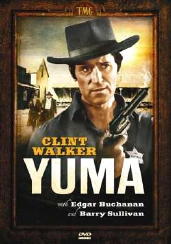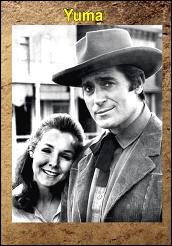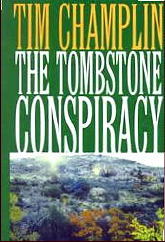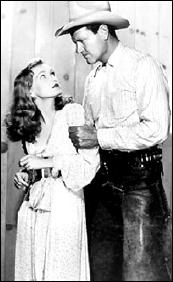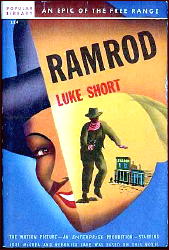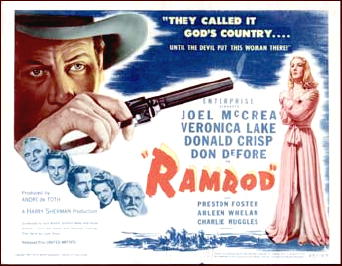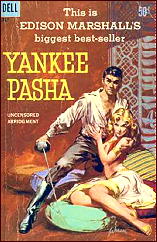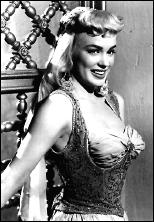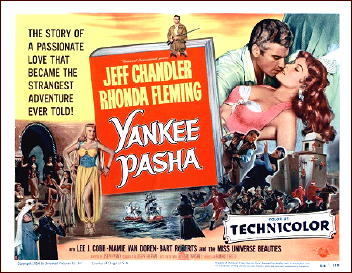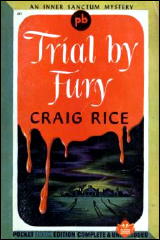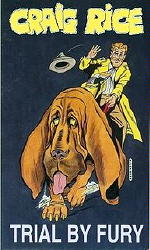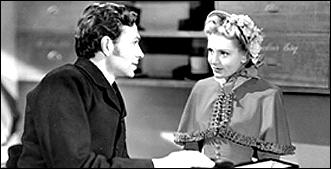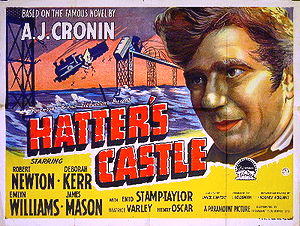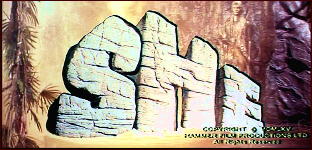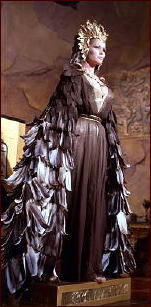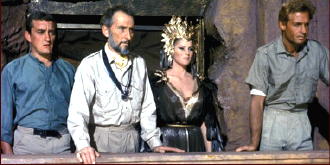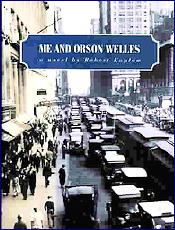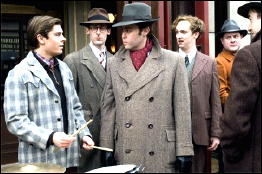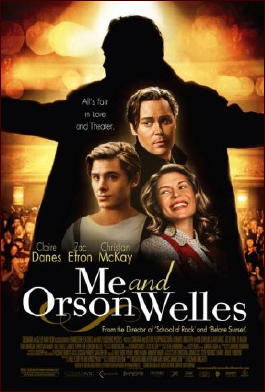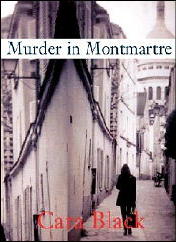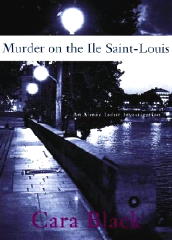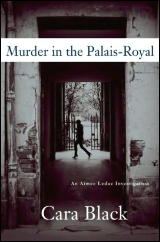CARA BLACK – Murder in the Marais. Soho Crime; trade paperback, October 2000. Hardcover edition: Soho Press, 1998.
The publication date for the hardcover edition of this book is generally accepted to be 1998, but I’m a little puzzled about it. In the paperback edition I have, the copyright date is given as 1999. And the book was an Anthony (and Macavity) nominee for Best First Mystery in 2000, so … I’m confused.
A small question of little importance, perhaps. What does matter is that since the success of this, her first book, Cara Black (who is not the young tennis player from Zimbabwe, whose name also comes up if you try Googling her) has written several more in the series, to whit:
2. Murder in Belleville. Soho Press, 2000; trade paperback: April 2002.
3. Murder in the Sentier. Soho Press, 2002; trade paperback: April 2003.
4. Murder in the Bastille. Soho Press, 2003; trade paperback: April 2004.
5. Murder in Clichy. Soho Press, 2005; trade paperback: March 2006.
6. Murder in Montmartre. Soho Press, March 2006.
These are all cases of murder and intrigue in one form or another for Parisian private eye Aimée Leduc, a specialist in computer penetration, and her partner, René Friant, a “handsome dwarf with green eyes and a goatee.” Either the author or her character has struck quite a chord with her readers, as witness the almost yearly addition to the saga, and all in multiple printings. The books themselves are handsomely made as well, solid and somehow daring you not to pick them up.
In Marais, the first of the six above, Aimée is hired by an aged French Nazi-hunter to take a digitalized photo (converted from computer code) to an elderly woman still living in the Jewish section of Paris. Aimée arrives too late, finding Lili Stein murdered soon before her arrival; and her employer, Soli Hecht, is hospitalized soon thereafter in what is called a horrrific pedestrian accident. (We know better.)
In France and apparently Paris in particular, life has gone on since World War II, but the days of Nazi control are never far from the memory of many of its inhabitants, both victims and collaborators. It is one sad story such as this in which Aimée finds herself up to her neck.
Aimée herself reminded me of Emma Peel and a not-so-voluptuous Honey West, mixed in with a dash of Sydney Bristow (of TV’s Alias) with her penchant for disguise and undercover work, slinking across Parisian rooftops in high-heeled pumps. And a form-fitting tight black skirt. (I can picture that.)

Her partner René does not have much of a role in this one, content to opening password-locked computer accounts with an ease and nonchalance that makes it seem all too easy, with his one big scene consisting of being hung by his suspenders by one of the villains on a peg on the wall. It would seem churlish to suggest that passwords are not discovered as easily as they are in this book, but perhaps the author was just trying to keep the pace of the book moving, which is constant, fierce and filled with action upon demand.
A large portion of Aimeé’s background is described in broad outlines, but some of her past is only hinted at. The part that is hidden may be part of what it is that has had readers coming back for more. That, and of course, the independent and free spirit that is Aimée herself, living as she wants, and being attracted to and sleeping with whomever she wants.
Life in Paris is always an attraction to people in the United States, and whether her depiction is authentic or not, Cara Black makes the city come to life, the non-touristy part, made even more real by the inclusion of more than occasional phrases in French, in my mind just the right dosage. (Some of the reviewers of this book online have taken issue with the authenticity, which I noted but did not care to know about. If it was an illusion, I did not want the illusion broken. So I am pointing this out but stepping back, and with double grains of salt, I shall allow you to be the judge.)
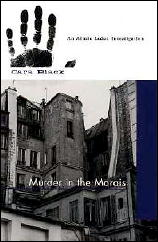
I am disappointed in myself for having to tell you some of my other impressions. The book is not meant for speed-reading. The prose, while not clumsy, is often as disjointed as the plot, jumping here and there and including good scenes when a good scene is called for, whether it is sometimes that particular scene or sometimes not.
Here is one example of the author’s carelessness in the details. On page 217, the dying Soli Hecht’s last words are related as having been “Don’t … let … him …,” then “Lo … ” On page 251, the man’s last utterance, as Aimée is puzzling over the case to that point, she remembers as “Ka … za.”
Faulty details like this are deadly in a detective story, even if both versions could have been true. To my knowledge the point was never addressed, just another indication that in today’s world of detective fiction, atmosphere and eye-catching characters can often carry the day, even if the puzzle of the plot is present but is shunted aside as if it almost really doesn’t matter.
But here’s what is really funny, not in the sense of “ha-ha” funny, unless the joke is on me, but funny in the sense of “I can’t explain it either.” I enjoyed the book, and if you were to ask me if I am going to read another of Aimée’s adventures, the answer would definitely be yes.
— January 2006
The Aimée Leduc series, continued —
Perhaps I should not make promises in print that I have not kept, or at least not yet. There have been four more books in the series since I wrote this review, either published or forthcoming. I’d be remiss if I didn’t include them here.
7. Murder on the Ile Saint-Louis (2007)
8. Murder in the Rue de Paradis (2008)
9. Murder in the Latin Quarter (2009)
10. Murder in the Palais Royal (2010)
But while I’ve purchased most if not all of these, I have not read another, and that is really remiss of me. I shall endeavor to do something about it.
